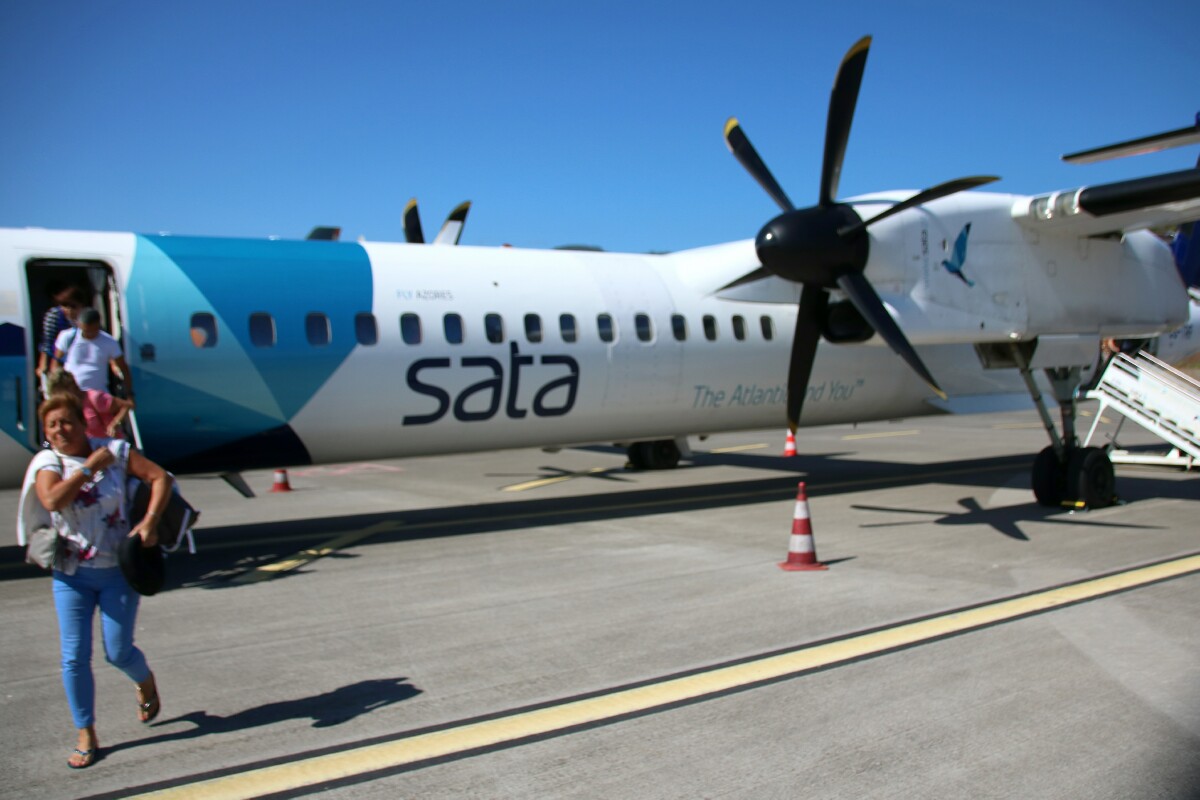Madeira Island
September 30, 2019
|
On Day 1, I arrived in Funchal, the capital of Madeira Island, just after noon.
Madeira Island is part of Portugal, discovered in 1419 by Portuguese
explorers (this year is the 600th anniversary). There were no people or animals, but they found lots of cereal grains growing naturally (Funchal means fennel,
which the explorers found in abundance). Infante Dom Henrique gathered together cartographers and navigators from Portugal at the beginning of the
15th century, hoping to extend the knowledge of the coast of West Africa. Their ship was blown off course, and they landed on the smaller island of Porto Santo
in 1418. They could see clouds and a mass in the distance, but didn't venture out until the following year when they landed in the Machico area of Madeira Island.
The island is basically an old volcano with rich soil, with jagged peaks in the centre, and not a lot of flat land except in central Funchal.
It has rich volcanic soil, but the climate was on the dry side when discovered, so the Portuguese with their slaves made "levadas", ducts which brought water
from the higher altitudes to the coastal areas to irrigate crops. They also made thousands of terraces with walls of rocks keeping the soil in place.
The island began to prosper by eventually planting sugar cane, grapes for wine and bananas.
Today varieties of food are staggered in direct relationship to the altitude. At the lowest level there are oranges, lemons and grapes, plus cereals such as
corn, wheat, rye and barley. European fruit trees flourish in the depths of the valleys producing cherries, apples and plums.
A little further up from sea level, tropical species are cultivated, such as bananas, sugar cane, custard apple, mango and passion fruit.
And they grow lots of fresh vegetables, such as potatoes, carrots and tomatoes.
European Union money has been used to create excellent tunnels through mountains, and bridges for highways high above the valleys below.
The trip to Santana on the northeast coast once took seven hours, but now can be done in 45 minutes.
Today, tourism is a big part of the regional economy.
|

Above: A Thomas Cook plane grounded due to the firm's bankruptcy.
|
|
1 shows the Azores Airline turbo prop plane, that is noisy and has very little leg room between seats.
2 shows tile work in the Funchal airport.
3 and 4 is inside my Pestana Carlton Madeira Hotel room, and the mountain view from the balcony.
5 and 6 show the pool area of the Carlton Hotel.
7 is just outside the Carlton Hotel.
8 to 10 show views walking southwest from the hotel.
|

|
|